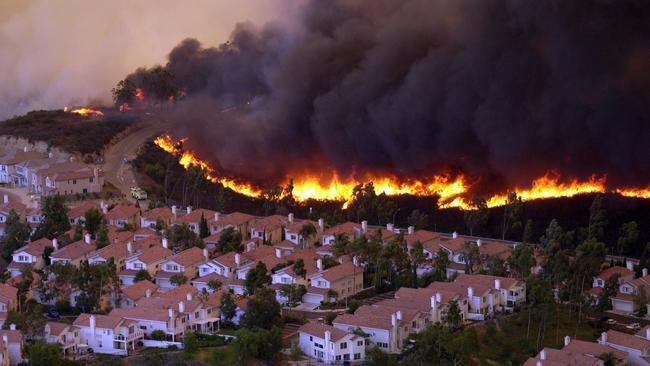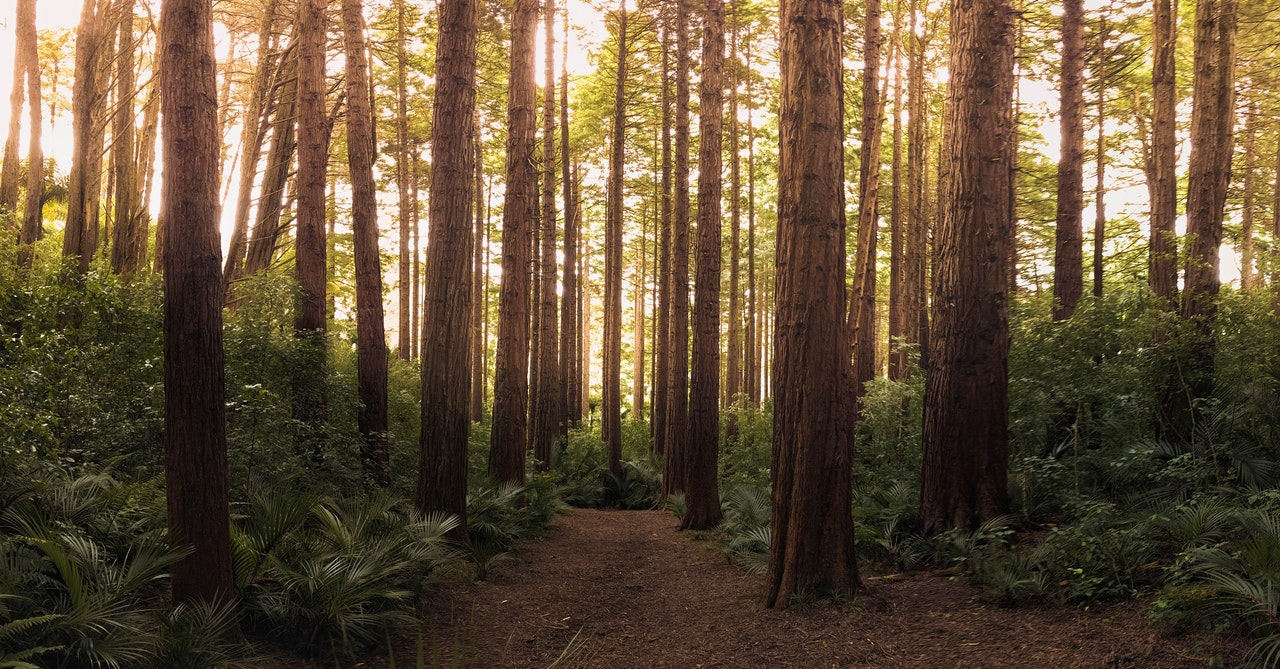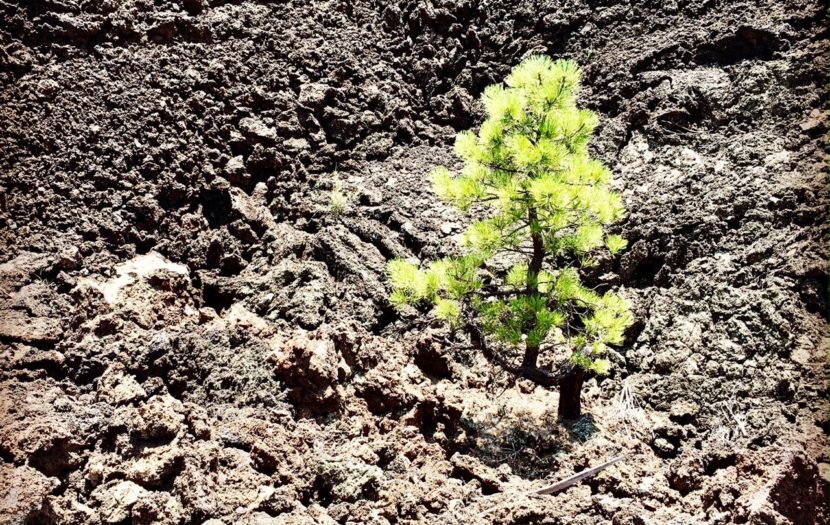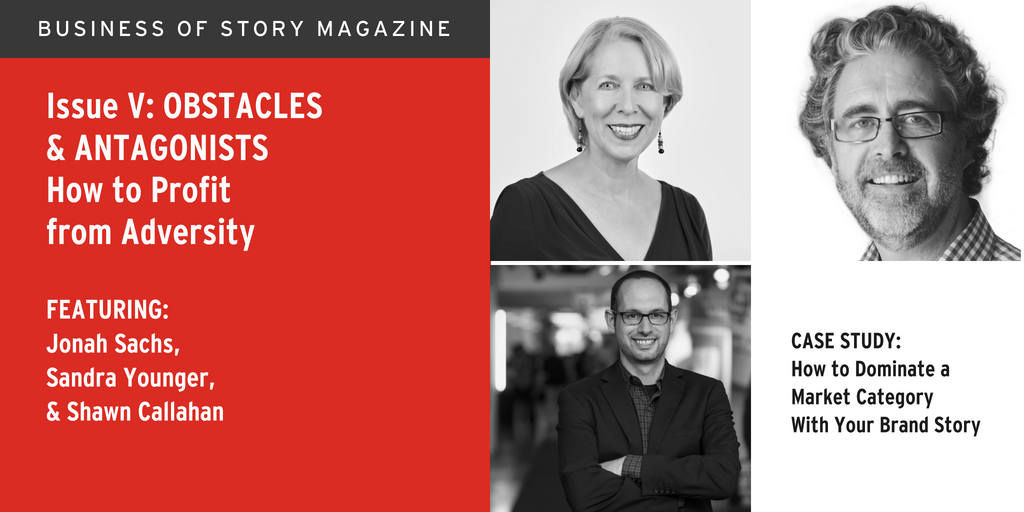It starts with a catastrophe, a plot twist we never expected.
Maybe something big, so big it makes the news. An act of war or terrorism, a natural disaster.
Or maybe something more personal, yet every bit as devastating. A crime or accident, a financial setback, a serious injury or diagnosis, a death in the family.
Suddenly, our stories shift; our journeys take unimagined turns. We may not have any idea how or if we can recover. And in fact, life may never be the same.
But when life spirals beyond our control, we discover how resilient we really are. Resilient enough to choose a new story and live into it.
What’s more, we can build our natural resilience like a muscle and reframe our experiences into powerful comeback stories that help us evolve from victims to victors. Here’s how I know.
A narrow escape

Photo courtesy of San Diego Union Tribune
In 2003, my husband, Bob, and I moved from the suburbs of San Diego, California to a beautiful country canyon east of the city. We loved our stunning new views and all the wildlife just outside our doors, from rabbits to roadrunners to red-tailed hawks.
But just 7 months later, Bob and I woke up in the middle of the night to the sight of fire outside our bedroom window. We grabbed our pets and a few photographs, jumped into the closest car, and ran for our lives, driving through swirling embers, sheeting flames and pea-soup smoke to escape the infamous Cedar Fire, for 14 years the biggest in California history.
Meanwhile, our home—and more than 2,200 others—burned to the ground. Even worse, 15 people—12 of them our canyon neighbors—died in the fire.
It can happen just that fast
One day I was living my wonderful new life in the country. The next day I was homeless, and the world had labeled me a “fire victim.”
I didn’t get it. Bob and I; two big, shaggy Newfoundland dogs; and a cockatiel had driven through fire and escaped physically unscathed. How could we be victims?
As one friend put it: “We buried the victims. The rest of us are survivors.”
But not everyone affected by the fire agreed. In fact, some embraced the “victim” label. And it didn’t seem to matter how much or how little they’d lost in the fire.
During more than 100 interviews I did for my book, The Fire Outside My Window, the most bitter person I met had lost a garage, while two mothers who’d lost children told me their loved ones wouldn’t want them to stay sad and angry.
You get to choose
That’s when I realized: It’s a choice. We can’t always choose what happens to us, but we can choose our response: We can be victims. Or we can be survivors. And eventually victors.
Of course, I wasn’t the first to discover the power of choice in coming back from adversity. First-century Greek philosopher Epictetus put it this way: “It’s not what happens to you, but how you react to it that matters.”
Austrian psychiatrist and Holocaust survivor, the aptly named Viktor Frankl, expressed it a bit more eloquently in his beautiful book, Man’s Search for Meaning: “Everything can be taken from a man [or woman] but one thing: the last of the human freedoms—to choose one’s own attitude in any given set of circumstances, to choose one’s own way.”
The ComeBACK Formula™
 21st-century psychologists have amassed an impressive body of empirical research that confirms the power of choice plus a host of other practices as ways to build our innate resilience like a muscle, helping us smooth and speed our recovery from setbacks.
21st-century psychologists have amassed an impressive body of empirical research that confirms the power of choice plus a host of other practices as ways to build our innate resilience like a muscle, helping us smooth and speed our recovery from setbacks.
I’ve boiled down their findings to five I call The ComeBACK Formula™, a recipe proven by experience and research to transform disaster into opportunity and even loss into legacy.
Come to a place of gratitude. Dozens of studies prove that gratitude is the antidote to almost every negative emotion. Finding even one tiny reason to be grateful despite a world of hurt can save us from settling into a victim mentality, and move us toward healing and growth.
Be patient with the pain; Believe you can come back. Deep wounds don’t heal overnight; scars may last a lifetime. But gradually, because resilience is hard-wired into our DNA, we begin to see new possibilities.
Accept help; Ask when you need it. Few of us find it easy to ask for help. And yet mythologist Joseph Campbell tells us mentors, guides and partners are crucial to every hero’s success. Think Luke and Yoda, Harry and Dumbledore. Think Dorothy and Glinda the Good Witch, Katniss and Haymitch. Connection, community, and prayer all support recovery from adversity.
Choose your story. As Viktor Frankl taught us, our response is more important than our circumstances. What role will we play as our story continues to unfold? Victim or victor? That much we get to choose.
Keep moving forward. Gradually detaching from a past that can never return frees us to embrace the possibilities and blessings of a new story. (Moving forward often includes forgiving others and perhaps ourselves for whatever happened.)
The world-changer’s journey

Those who consciously practice resilience in the wake of adversity will evolve from victims to survivors to victors, living into new stories that often, in many ways, can be richer than before.
Some of us may even feel called to travel further along the comeback trail, following in the footsteps of such extraordinary individuals as Nelson Mandela, Malala, the Dalai Lama, and Rosa Parks, among countless others, who have transformed personal tragedies into blessings for themselves and the world. These are the “world-changers.”
If we, like them, can see our setbacks as prologue to comebacks, we, too, can transform disaster into opportunity and loss into legacy. The secret lies not only in building our resilience, but also in restructuring our story. Here’s what I mean.
When adversity strikes, it can feel like we’ve fallen into a deep pit. Somehow we’ve got to climb out, but it’s steep and slippery. We feel stuck at the bottom, and we can’t begin to see any helpful outside landmarks.
Now imagine flipping that hole on its head. The pit becomes a summit, which can also represent the tipping point of a narrative arc, i.e., the structure of your new story. From this vantage point, you can see both where you’ve come from and where you want to go. And now gravity and momentum are on your side to ease your way.
This way of envisioning a comeback journey mirrors the essence of Joseph Campbell’s Hero’s Journey, marked by a call to adventure, escalating conflict, a do-or-die crisis, and finally a triumphant return home, stronger and wiser than before.
If you can envision this future-self perspective whenever you find yourself in the bottom of a pit experience, charting your way into a new story becomes much easier.
World-changers would not impress us if it weren’t for their amazing comeback stories. Most began as humble, everyday people. It was their resilience and success in overcoming incredible adversity that made them the inspiring role models we now see.
Your life is your story. Make it a great one.
Listen to Sandra Younger on episode #124: How to Turn Your Stories of Loss Into an Empowering Legacy








